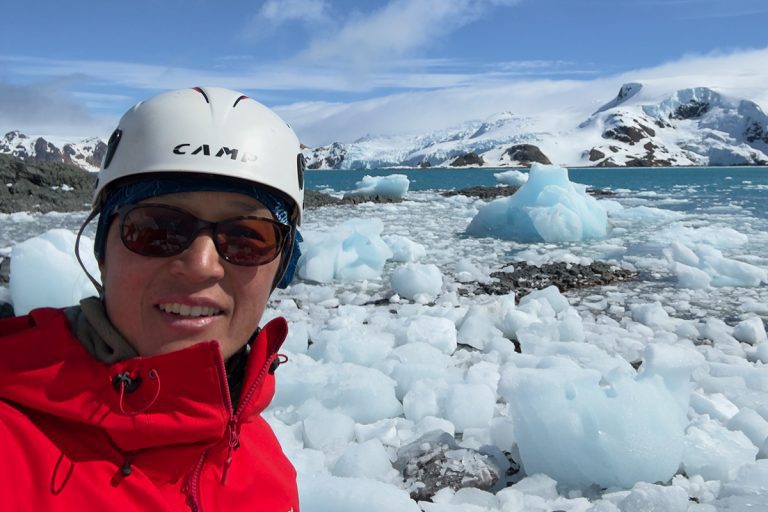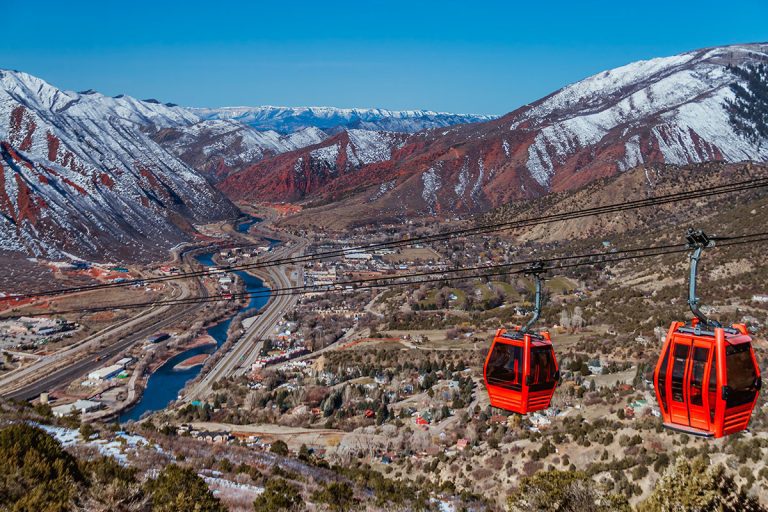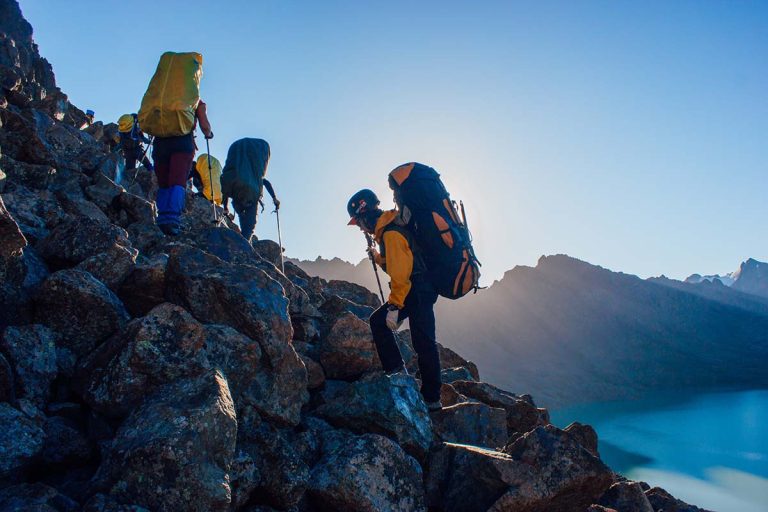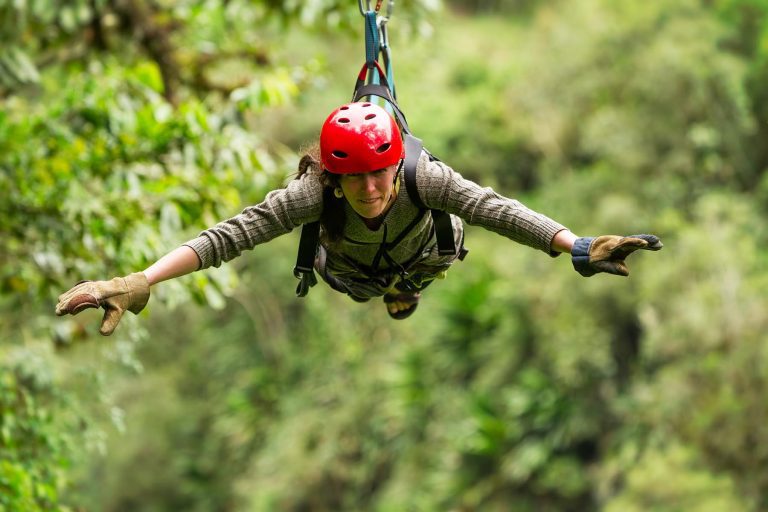
In 2019, 25-year old Canadian tourist Spencer Charles stepped off a zipline platform in northern Thailand, ready to begin his zipline adventure. Instead, he fell some 12 meters to the ground, and died from the impact.
This was not the first incident at the zipline, according to reports. In 2016, three Israeli tourists fell and were injured. The government forced a shut-down of parts of the operation a year later due to an unrelated issue.
Family members of the victim stated that they believed improperly secured cable clamps contributed to the incident, and called for improving safety standards for ziplining in Thailand.
What would improved safety standards look like, and how are they developed?
Approved Code of Practice
One of the important elements of establishing uniform safety standards is an Approved Code of Practice. But what exactly is this, and how does it work?
An Approved Code of Practice (ACOP) is a description of preferred or recommended methods that can be used to comply with regulations and legal requirements. It can also describe standards to be met, which can be used for the same purpose.
Approved Codes of Practice are most commonly seen in current or recently former members of the British Commonwealth, but are found in countries around the world.
ACOPs are typically developed by private industry bodies (such as an activity-specific outdoor or adventure association), in collaboration with the relevant government regulatory body responsible for safety.
The regulatory body then approves the code of practices, and has it officially published (or ‘gazetted’), bringing it into force.
Regulatory bodies involved in developing or publishing ACOPs include the UK’s Health and Safety Executive, Singapore’s Workplace Safety and Health Council, state-level work health and safety (WHS) regulators in Australia such as SafeWork New South Wales, and New Zealand’s Worksafe Mahi Haumaru Aotearoa.
Approved Codes of Practice are useful for two reasons.
One, they explain in easy-to-understand narrative language what the regulatory requirements for a certain activity (such as rock climbing or canoeing) are. The interpretation of the requirements in plain language helps operators understand what they should do to comply with the law.
And second, in the event of an incident, if the organization has conformed to the ACOP, they are normally found to be doing enough to comply with the law (regarding the subjects on which the ACOP gives advice).
Conformity to ACOPs is typically not required. But, following a mishap, if an operator does not follow the approved code, they must be able to show that they have complied with the law in some other way, in order to avoid being found at fault.
Approved Codes of Practice in Outdoor and Adventure Sectors
The UK has an Approved Code of Practice addressing adventure activities. This ACOP interprets and gives information on how to meet the requirements of the Adventure Activities Licensing Regulations 2004, and the Activity Centres (Young Persons’ Safety) Act 1995 under which the regulations were made.
The UK also has other ACOPs that can apply to outdoor adventure organizations, as well as companies in other industries. These include an ACOP on lifting equipment use (applicable to ropes course construction and other situations), and on personal protective equipment.
Similarly, Singapore has an Approved Code of Practice on Workplace Safety and Health, describing how adventure program providers and others should perform risk assessments.
Codes of Practice and Guidelines
Approved Codes of Practice generally have two characteristics: 1) they interpret and explain existing law or regulation, and 2) they have been formally approved by government authorities.
While there are a number of ACOPs in high-risk areas such as mining, logging, and activities involving petrochemicals and electricity, there are fewer ACOPs specifically regarding the outdoor and adventure sector.
However, there are a number of documents that, while not formally approved by a government body as accepted interpretation of law, serve to identify good practice expectations.
These may be termed simply as a code of practice, or a technical advisory. In the outdoor and adventure sector, these are variously known as Activity Safety Guidelines, Adventure Activity Standards, or Good Practice Guides.
In many cases, these were developed with industry and government input. While they do not have the special legal status of an ACOP, they commonly serve a similar purpose. Conformity is voluntary, but if there is an incident and it’s shown that the operator did not comply with the guidelines, the operator may be held civilly or criminally liable.
The Australian Adventure Activity Standard (AAAS) and associated Good Practice Guides (GPGs) are an example. These were developed by Australia’s outdoor sector over several years, with government support, and were “endorsed” by Australian Ministers for Sport.
The European Ropes Course Association and the Adventure Activities Industry Advisory Committee, in conjunction with the UK’s Health and Safety Executive and others, created the UK Ropes Course and Off-Ground Adventure Activities Guide.
New Zealand’s Adventure Safety Guidelines were developed by the outdoor industry, in collaboration with the Ministry of Business, Employment and Innovation (formerly the Department of Labor). The ASGs reflect what the regulator and industry have agreed is good practice for managing safety.
In India, the state of Maharashtra published 267 pages of detailed adventure safety guidelines, written by private-sector outdoor adventure specialists, to accompany new adventure tourism regulation.
The generally anti-regulatory USA has little in the way of outdoor and adventure-based good practice guidelines developed with government support or involvement. Activity-specific industry bodies have developed various documents, such as the Scope of Practice published by the American Mountain Guides Association, and the Manual of Accreditation Standards for Adventure Programs published by the Association for Experiential Education.
Standards documents published by national or international standards-development bodies may also serve as good practice standards. Examples include EN 15567-1 and 15567-2, on ropes course construction and operation.
Adventure Safety Codes of Practice in the Nation of Georgia
Following a tragic 2022 paragliding incident in the European country of Georgia, the nation embarked on a process of developing legislation and regulations for high-risk adventure tourism activities.
A comprehensive and effective regulatory structure for outdoor adventure risk management may contain four core elements:
- Legislation that authorizes a regulatory system. For example, New Zealand’s Health and Safety at Work Act 2015 contains language authorizing the creation of safety regulations.
- Regulation setting up a system to evaluate outdoor and adventure providers against relevant safety requirements. New Zealand’s Health and Safety at Work (Adventure Activities) Regulations 2016 require adventure activity providers to pass a safety audit.
- General standards, to which it’s compulsory to conform. New Zealand’s Safety Audit Standard for Adventure Activities requires, among other things, the development of a suitable written safety management system (risk management plan), specific safety objectives, clear staff roles and responsibilities, a staff training plan, a risk identification and management process, activity-specific procedures, competent staff, adequate participant supervision, and an emergency plan.
- Code of Practice information, ideally Approved Codes of Practice, or at least material developed collaboratively with industry and government. This provides highly detailed information. New Zealand’s Activity Safety Guides (and Good Practice Guidelines), for instance, describe staff-to-participant ratios, zipline braking systems, footwear specifications, required rafting guide equipment, required PFD types, safety briefing topics, and other highly specific details.
Together, these four elements can help create a system that reduces risks so far as is reasonably practicable.
The absence of fully developed structures in these four areas may have contributed to the Georgia paragliding incident, as well as a tragic SUP incident in Wales in 2021.
Work is now being done in Georgia to develop these components of a robust and effective adventure safety system.
Other Components of a Comprehensive Safety System
When legislation, regulation, audit standards, and detailed codes of practice are in place, much progress has been made in establishing a regional or national structure for reducing risk. However, more elements are needed ensure these requirements and guidelines are effectively put into use.
These other elements include:
- Training for company management and field personnel/activity leaders. Training bodies, certification/qualification schemes, curricula, courses—and the funding needed to make these possible—are necessary to help individuals understand requirements, and build the skills to meet them.
- Auditors, qualified to evaluate program providers against audit standards. This requires an economic structure where provider businesses can afford to pay for auditors, and auditing enterprises have the revenue to be sustainable. Auditors should ideally be accredited by the government agency that accredits auditors, such as the Joint Accreditation System of Australia and New Zealand (or JAS-ANZ, pronounced a bit like “jazz hands”).
- National Governing Bodies, sometimes referred to as peak bodies, who oversee the development of good practice guides, training centers, qualification/certification schemes, and the like. British Canoeing, founded in 1936 and with over 100 staff, is an exemplar of a well-developed NGB. Creating codes of practice and standardized training courses is more difficult where a well-established activity-specific NGB is not present.
- NGB oversight. In the UK, the government issues a charter to national Sport Associations, which in turn confer official recognition on NGBs. For their part, NGBs are supposed to create and maintain safety expectations for providers. In situations where NGBs are not required to establish and enforce safety requirements, as a condition of recognition, NGBs are at risk of being less effective.
These four components further strengthen a system for risk management at a regional or national level. However, gaps may still remain.
One example of this is loopholes in adventure safety regulation. For example, adventure experiences run by schools, non-commercial (charitable) organizations, or those who only serve adults are sometimes excepted from outdoor adventure safety regulation. In addition, certain outdoor adventure activities, such as ropes courses and horseback riding, are sometimes exempted from regulation, due to special interest lobbying or other factors.
In the UK, since ropes courses are not considered a “sport,” Sports Councils have not recognized an NGB for ropes courses, leaving the ropes course industry outside of the NGB system for supporting safety and quality. (However, to compensate, ropes course professionals drafted EN1557 and the UK Ropes Course and Off-Ground Adventure Activities Guide.)
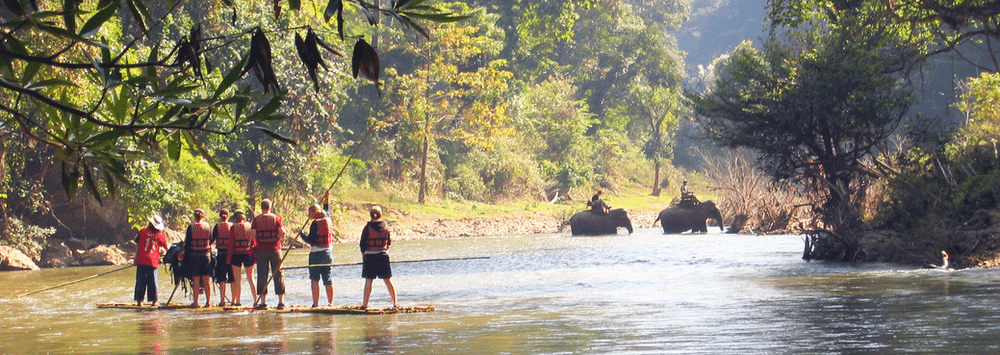
Improving Adventure Safety In Thailand
What happened to the zipline industry in Thailand, following the untimely death of the Canadian tourist?
Operations at the zipline where the incident occurred were suspended, and safety checks were organized for all 17 operators in the province.
Thailand’s Tourism and Sports Minister said that “legal oversight is lacking.” Local government entities are supposed to supervise adventure activities, but don’t have the expertise to do so.
Two years after the incident, the Ministry of Tourism and Sports was engaged in a process of developing safety standards for trekking, ziplining and adventure sports like banana boat riding, jet skiing and parasailing, to be established in a new adventure tourism safety law.
Safety standards are to be initially rolled out in six Thai provinces, before being implemented nationwide.
This is a promising development. And when an adventure safety law is paired with appropriate regulation, standards, and a code of practice, and combined with training, qualified auditors, and appropriate governing bodies, the probability that adventure activities will have excellent safety and quality outcomes is better still.
